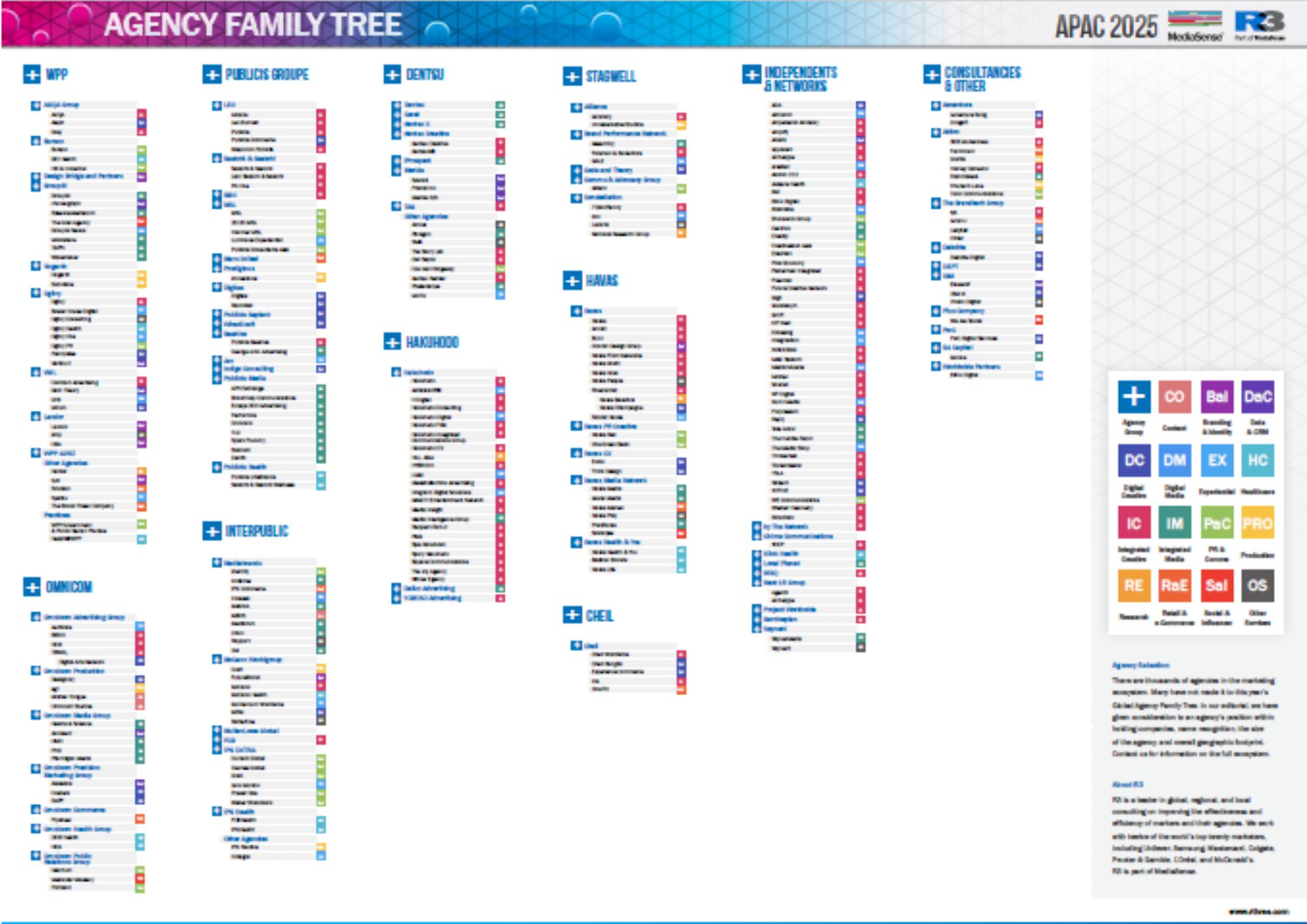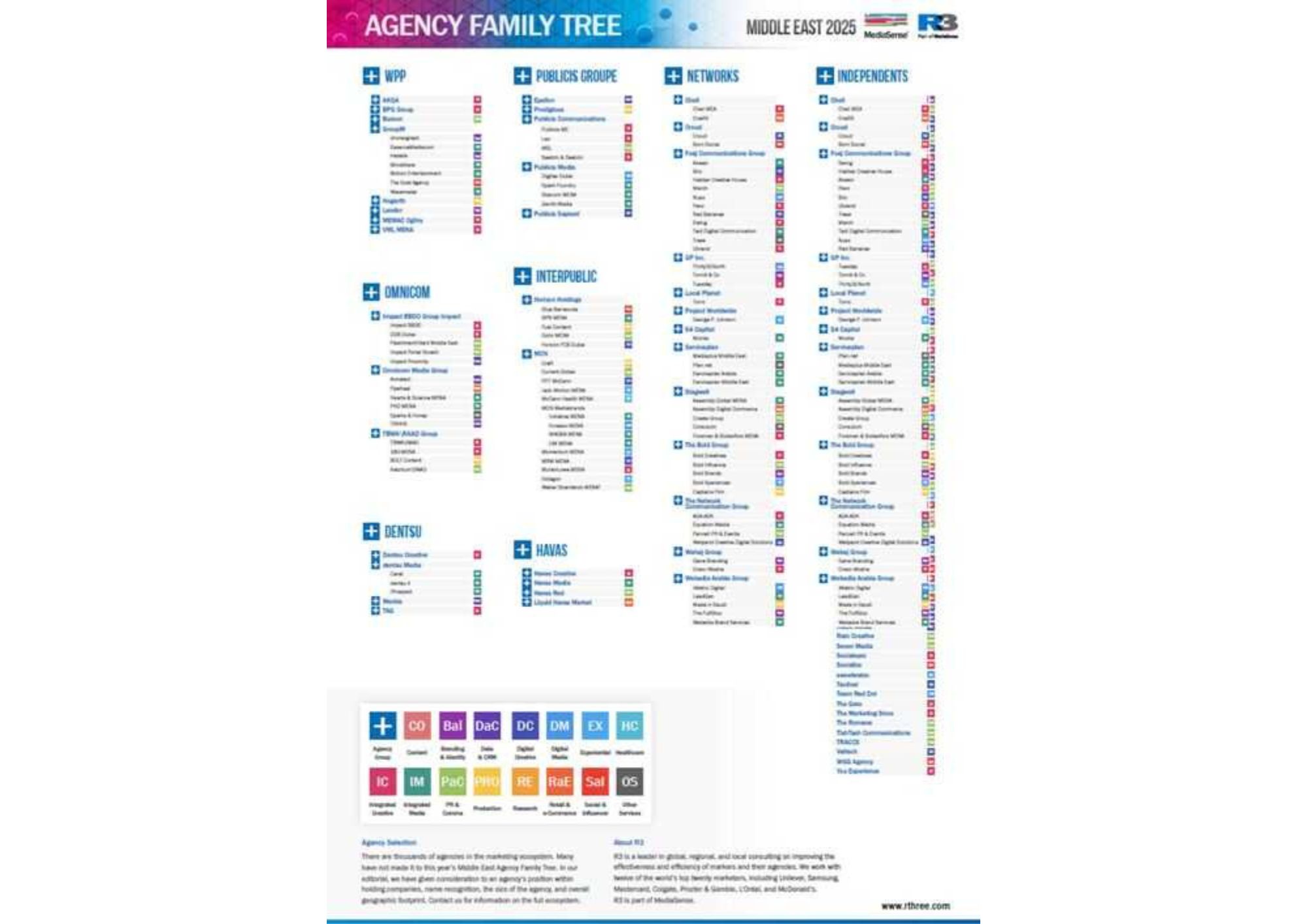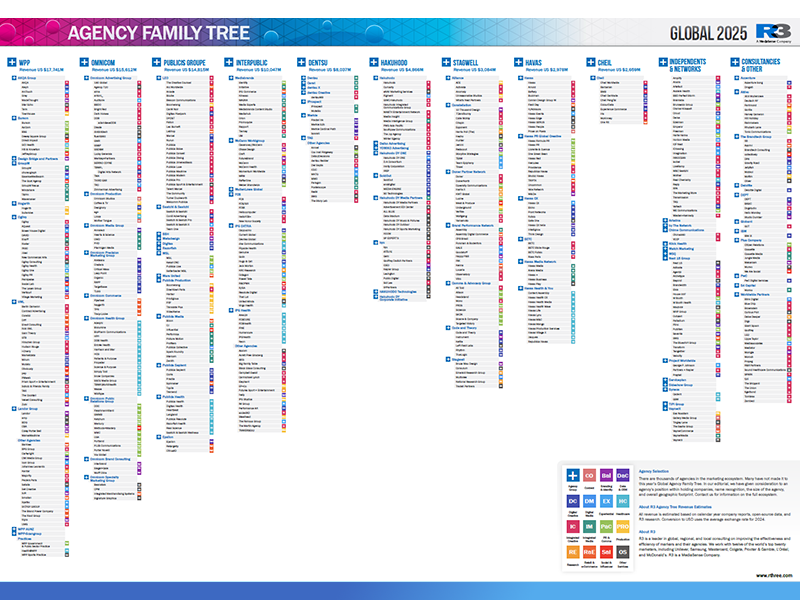
NEW YORK (June 25, 2020) — A great majority of marketers believe that future brand growth will be tied to marketing innovations and technology, but many of them spend little time learning how to utilize either of those tools, according to a new ANA report.
The report, “Marketing, Innovation, and Technology,” was conducted by the ANA’s Marketing Futures Program, which is part of the Association’s Marketing Knowledge Center. It was developed and executed in partnership with R3, a consultancy that focuses on improving the effectiveness and efficiency of marketers and their agencies.
The survey revealed several key insights, including the significant disconnect between marketers who believe in the power of innovation and technology to build brands and those who actually learn about and implement those tools. According to the survey, 84 percent of respondents believe that future brand growth will be tied to marketing innovation and technology, yet 45 percent indicated they spend 25 percent or less of their time on both.
“Marketers are time-poor,” the report said. “With the demands of an expanded scope of work and the urgency of real-time issues, knowledge and training need to come in informative, mobile, and bite-sized formats.”
Despite acknowledging they are time-strapped, more than half of the respondents said they felt prepared to deal with issues pertaining to innovation and marketing technology that might arise in the next 24 months. This suggests that there is an assurance that when challenges arise, the right talent and tools are within reach, the study said.
The study was conducted to help determine how the ANA can better help brands prepare to face current and future challenges, and to develop resources to help marketers keep moving forward. Areas explored included:
- Marketers and their position in the innovation journey
- Levels of confidence with innovation and technology
- Effective approaches and formats for learning and engagement
Other key insights:
- Marketers today are at the intersection of brand, product, experience, sales, and technology. With the current global health crisis shifting the consumer journey to one that is predominantly digitally driven, innovation and marketing technology will be key to future brand growth. Innovation and technology can help marketers identify new opportunities, produce new products and services, be more efficient with resources, generate less waste, and strengthen engagement with audiences.
- The top three areas seen to benefit the most from marketing innovation and technology are Data and Analytics, Measurement and Accountability, and Customer Experience. Marketers need to ensure that they can integrate big data and useful insights.
- Marketers prefer to learn through interactive labs and demos, case studies, and discussion groups. Learning by doing is fundamentally preferred. Facilitating inquiry, problem-based and project-based exploration and creating studio-like workshops enable better understanding and retention. This is especially effective when working through complex topics related to marketing technology, like artificial intelligence, which might have multiple applications across the customer journey.
RECOMMENDATIONS
The report provided four primary courses of action for marketers:
- Tie future brand growth to marketing innovation and technology.
- Identify business areas that benefit the most from marketing innovation and technology.
- Invest more working time in innovation and technology.
- Learn about innovation and technology through interactive labs and demos, case studies, and discussion groups.
METHODOLOGY
The survey was conducted in January 2020 among ANA members who have participated in the ANA Marketing Futures program. There were 77 respondents comprised of CMOs, vice presidents, senior directors, and marketing managers.
A copy of the full report is available here.
###
ABOUT THE ANA
The ANA (Association of National Advertisers)’s mission is to drive growth for marketing professionals, for brands and businesses, and for the industry. Growth is foundational for all participants in the ecosystem. The ANA seeks to align those interests by leveraging the 12-point ANA Growth Agenda, which has been endorsed and embraced by the ANA Board of Directors and the Global CMO Growth Council. The ANA’s membership consists of nearly 1,600 domestic and international companies, including almost 1,000 client-side marketers and nonprofit fundraisers and 600 marketing solutions providers (data science and technology companies, ad agencies, publishers, media companies, suppliers, and vendors). Collectively, ANA member companies represent 20,000 brands, engage 50,000 industry professionals, and invest more than $400 billion in marketing and advertising annually.




